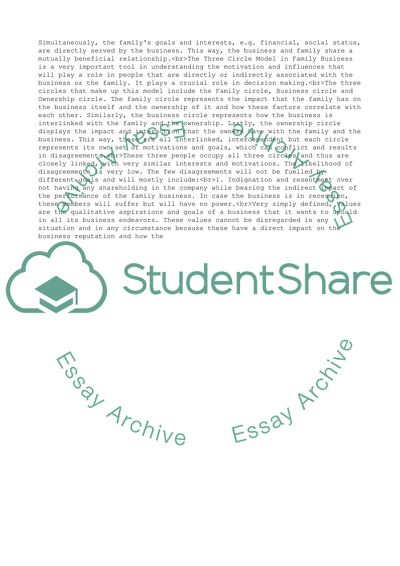Cite this document
(MANAGEMENT ISSUES FOR THE FAMILY- RUN BUSINESS Essay, n.d.)
MANAGEMENT ISSUES FOR THE FAMILY- RUN BUSINESS Essay. https://studentshare.org/management/1758804-management-issues-for-the-family-run-business
MANAGEMENT ISSUES FOR THE FAMILY- RUN BUSINESS Essay. https://studentshare.org/management/1758804-management-issues-for-the-family-run-business
(MANAGEMENT ISSUES FOR THE FAMILY- RUN BUSINESS Essay)
MANAGEMENT ISSUES FOR THE FAMILY- RUN BUSINESS Essay. https://studentshare.org/management/1758804-management-issues-for-the-family-run-business.
MANAGEMENT ISSUES FOR THE FAMILY- RUN BUSINESS Essay. https://studentshare.org/management/1758804-management-issues-for-the-family-run-business.
“MANAGEMENT ISSUES FOR THE FAMILY- RUN BUSINESS Essay”. https://studentshare.org/management/1758804-management-issues-for-the-family-run-business.


